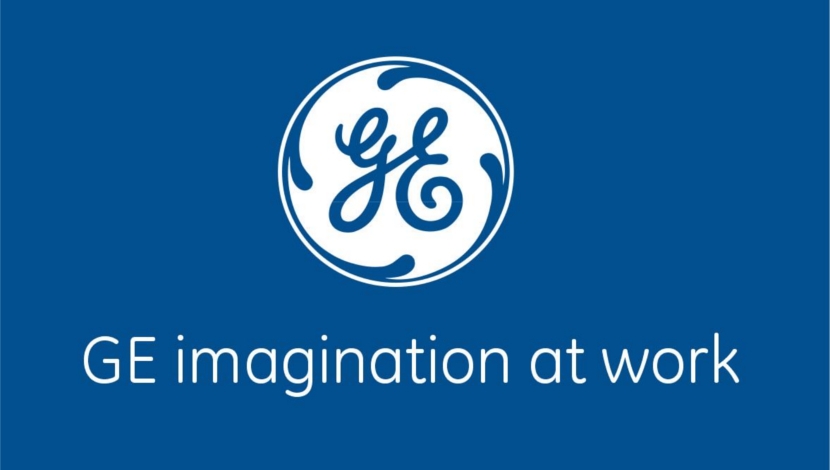
East Africa is the fastest growing sub-region on the continent, with economic growth expected to expand by 5.6% this year, well above the continental average of 4.5% or Southern Africa’s 3.1%.
But in an odd contradiction to regional growth trends, East Africa’s infrastructure is one of the least developed in Africa. Infrastructure development is thus paramount for the sub-region to reach its full potential and many ‘mega’ infrastructure projects are currently under way in the region.
Kenya’s standard gauge railway (SGR), a new rail track that will stretch from Mombasa to Nairobi, is the most ambitious infrastructure project in the country since independence. The 609-km-long line is expected to cost $3.6 billion, with China’s Exim Bank footing 90% of the bill and the Kenyan government providing the other 10%.
According to a recent Deloitte report, East Africa recorded more than 50 infrastructure projects in 2014. While this is a drop from 93 projects in 2013, the value did not decrease by much, reaching an estimated $60-billion last year.
Kenya, East Africa’s largest economy, is leading infrastructure developments in the region. The SGR, which should be completed by 2017, is the first part of the broader Lamu Port-South Sudan-Ethiopia transport corridor.
This integrated mega-project will connect countries in the region via oil refineries, ports and railway lines.
Kenya is also building a new terminal at Jomo Kenyatta International Airport in Nairobi. Financed largely by the African Development Bank, the terminal will cost an estimated $612-million, span 178,000 m2 and handle 20-million passengers annually. In addition, Kenya has a $66-million financing agreement with the French Development Agency to upgrade Moi International Airport in Mombasa.
Ethiopia, the other regional economic powerhouse, boasts some of the most ambitious infrastructure projects on the continent – the greatest being the Grand Renaissance Dam.
Upon completion in 2017, the dam will generate up to 6,000 megawatts of electricity, and establish Ethiopia as a principal hydroelectric power exporter. The World Bank estimates this will earn Ethiopia over $1-billion a year.
In Addis Ababa, the recently completed Light Rail Transit, the first electrified rail system in Africa, epitomises Ethiopia’s steady rise and modernisation. The rail line will play a significant role in easing city traffic congestion, transporting more than 1-million people around the city every day.
Uganda and Tanzania are also heavily investing in mega schemes. Over the next five years Tanzania plans to inject $14.2-billion into its rail network. Moreover, the country has already signed investment agreements with China worth more than $1-billion that include the building of a satellite city to reduce overcrowding in Dar es Salaam.
Uganda is also banking on Chinese capital to build two hydro power plants – the 600-megawatt Karuma and the 188-megawatt Isimba dams. China’s Exim Bank has already signed a deal with the Ugandan government to fund 85% of the cost of Karuma, estimated at $2-billion.
East Africa still has a long way to go in establishing the robust infrastructure needed to realise the region’s economic promise. However, recent investments, which have prioritised infrastructure development, place the region firmly on the right trajectory.





